Stop Figurative Painting Now: GR10K
|ORSON GILLICK MORRIS
When Milan’s GR10K team was preparing their Spring/Summer 2025 collection Nine Pounds of Dead Landscape, their aim was to create a “material translation of an unrestrained desire to cypher the deadly shades of near to death flowers.” To achieve this, Anna Grassi, Luigi Alberto Cippini, and Andrea Slaviero watched hours of backstage field recording footage and infinitely looped James Benning’s Landscape Suicide.

AW-24 campaign photo. Photography by Salvatore Caputo and Colin Le Dorlot
It’s an unlikely source of inspiration but then for those familiar with the brands’ clothes that merge the industrial with elegant dresswear, nothing should ever be unexpected. Orson Gillick Morris spoke to them about figurative painting and how they resolve conflicts when some members want to do shoots with dead animals.
ORSON GILLICK MORRIS: At the beginning of the press release of your SS-25 collection, you write: “Any production for an at-large audience is a production for no audience at all.” Can you speak about that?
LUIGI ALBERTO CIPPINI: At a certain point in fashion, you try to reach some stability. You believe that investment will provide you with the means to go bigger. But when you go bigger, you lose something. The main struggle of GR10K has been preserving the idea of being an aspirational brand for a mega-niche audience while enlarging that audience. So, the idea of no audience at all is the fact that no matter what you do, no matter what you believe in, no matter how big your brand is, you should be able to have the same authenticity in communicating and making clothes as when you were a structure of three people and you didn’t give a fuck about anything else.
OGM: Hal Foster writes in The Anti-Aesthetic that, “any project that is unaware of its own limits remains romantic.” What are the limitations of producing in fashion?
LAC: I would say that fashion is, and will always be, a platform where you can do anything. So, in a way, it is unrestricted. Nevertheless, we don't have the means to do extreme technological or high-definition fashion yet. And, we have a lot of limits in making this collection understood and not seen as either post prêt-à-porter or post-uniforms. That’s because we are trying to turn the brand and its production, no matter what is—garments, the photography, installation, the ideas, the text, the performances—into an intellectual project.
I think that all the intellectual artistry behind the brand is something that Andrea, Anna, and I need as a release mechanism. This is what we do—this is us. It's about our identities, and we really need to infuse things with who we are. I’m very fond of John Duns Scotus, this Scottish extreme philosopher, who said, “it is what it is.”

SS-23 campaign photo. Photography by Salvatore Caputo and Colin Le Dorlot
OGM: Luigi, you said in a recent lecture at SCI-ARC that a mantra of yours is, “Stop figurative painting now.” Anna, what is the equivalent of figurative painting in fashion?
LAC: Come on, Anna!
ANNA GRASSI: No, I don't think these are the questions for me. I'd rather Luigi and Andrea talk about this.
AS: I'd rather also let Luigi speak—it will be my proxy.
LAC: I can speak for them, as we spend so much time together. Andrea and I will come up and say, “Anna, we want to shoot something with dead animals.” Anna will say, “No, stop. We can't always be that. We can’t do it.” Anna is very shy in speaking out loud but she always imposes on us a different way of thinking. For us, it’s not really “stop figurative painting now.” It is more like “Can we not do that? Can we do something else?”
AG: I think it is correct to talk about our dynamics. You two bring something else to the brand while I'd rather work on the product and keeping the lights switched on—otherwise you wouldn’t call me the factory woman.
LAC: We call her the factory woman as a way of saying that the means of production are somehow the platform that creates questions or problems. The reason why the brand is different is because she brings us to a place where we can’t just be cool assholes and make cool photos of cool clothes.


AW-23 campaign photos. Photography by Salvatore Caputo and Colin Le Dorlot
OGM: Luigi, how does the concept of aesthetic terrorism that operates in your architecture practice, Armature Globale, apply to spaces of fashion? Must you conform to these spaces?
LAC: It’s a nice question, but I don’t think there is a straight answer. At the moment, I don’t think you can have a battle within fashion. The main issue is that there is a strident difference between art and fashion. In art, you can be provocative, and you can apply art terrorism because art relates to a large niche. In fashion we’re dealing with popular culture and popular views. It is functional and agreeable in ways that go far beyond what art can ever achieve.
The main issue now is that typologies and categories are necessary to be structured into something that can be understood by this idea of the general buyer in the market structure. You cannot just be who you are and work naturally without telling anyone what you’re doing. You need to have a structure. You need to have a brand book. You need to explain who you are, because you need to be legible to people. Sometimes this kills the sexiness or the natural approach, where you’re free to do something in a collection because you feel like it or you know that it is the correct way to do things.

AW-22 campaign photo. Photography by Salvatore Caputo and Colin Le Dorlot
OGM: Do you feel the need to abide by the confines of the industry for the production of a collection at GR10K?
LAC: The origin of GR10K was very straightforward. You had a collection with an idea that was liminal and dark—the only way to communicate was the lookbook. It is our message drop system.
At a certain point we thought that we needed to communicate more. But every time we want to do a set of photos, we start fighting and Anna starts screaming.
ANDREA SLAVIERO: Every time.
LAC: Andrea and I believe that that structure doesn’t work for us anymore. We don’t really like the fact that you need to have a lookbook with a structure. We try to work with reduced information and look like a noise band, but you don’t know where it’s coming from.
In reducing the legibility of the collection, you would simply go into status and romance. But it’s not functional. So, at the moment, our critique is not effective or real. We are trying to push the limits to where every campaign is not safe for commerce and use that as the primary line of communication for the brand. This creates a lot of problems for us because we are always criticized for our lack of legibility. We cannot really have a battle in an honest way. GR10K cannot be suicidal in the sense that it needs to be sustained—
AG: It needs to exist.
LAC: The fact that it needs to exist, and we need to have the same structure that any other brand creates a conflict for us. It is a conflict that is more like teenager in that we want to show some values, we want to show some divergent aesthetics, but we need to do that in parallel or while coexisting within the institutional behavioral pattern that all the other brands have.
Fashion is this strange thing in which you can be rebellious, and you can say something very harsh, but you will always need to abide by some rules. These are the rules that allow you to be functional.


From left to right: SS-24 and AW-24 campaign photos. Photography by Andrea Slaviero (left), and Salvatore Caputo and Colin Le Dorlot (right)
OGM: What are your roles in the company?
AG: I guess I am the platform that these two guys use to have their conflict out there. So, everything Luigi has spoken about, I'm giving them the means.
LAC: Anna is our boss, ok?
AG: [Laughs]
LAC: So, Andrea designs the collection—he lays out and makes all the details, and he pushes the brand into extreme directions. I’m mostly out working at Armature Globale and jump in to bore Andrea. And Anna is the platform that allows us to do something. She comes from this large factory that makes military and police clothing. We treat her as our boss. Most of the time, Andrea and I will get together and we will call Anna and say, “Anna, can we do this?” And Anna will say, “No.” And then Andrea will tell me, “We need to convince her.” So, we will call Anna again, “Anna, can we do that?” And she will say “No.” At a certain point we scream at Anna, “We’re going to leave the brand.” [All laugh] And then Anna will say, “Ok, let’s do it but this is the last time.”
OGM: Do all the materials, textiles, and fabric used in GR10K collections come from the factory you used to work at, Anna?
AG: They did in the beginning. I think we used the platform of that company in two ways. First, in terms of aesthetics and its massive archive, which had everything from very formal wear and train service [garb] to bullet proof jackets and military uniforms. So, the archive that we had at our disposal was very varied in terms of materials, shapes, and situations that they’d be worn. And then it was very easy to get the material leftovers. All of these materials were very significant in terms of story and background, but they were not necessarily wearable. So, we had to use a mix.
We kept some of the archive material for their interesting characteristics and the way they behave on the body. We had to partly compensate with more classical materials that people actually like to use. We still do that. We still have a lot of fireproof materials and pieces and bits that go together with the rest of the fabrics. Little by little, we expanded our use of materials. The factory was the initial place we took the material from, but we started working with the people supplying the company or other manufacturers of worker shoes and workwear material in general.
Now you can see what I do. I feel much more comfortable talking about practical and material things. When I started the brand, I was doing very, very plain uniforms that Luigi would have called a bit more basic. I was doing figurative painting in the beginning! [Laughs]
AS: I’m a fan of figurative painting.

Campaign image. Photography by Andrea Slaviero
Credits
- Text: ORSON GILLICK MORRIS
Related Content
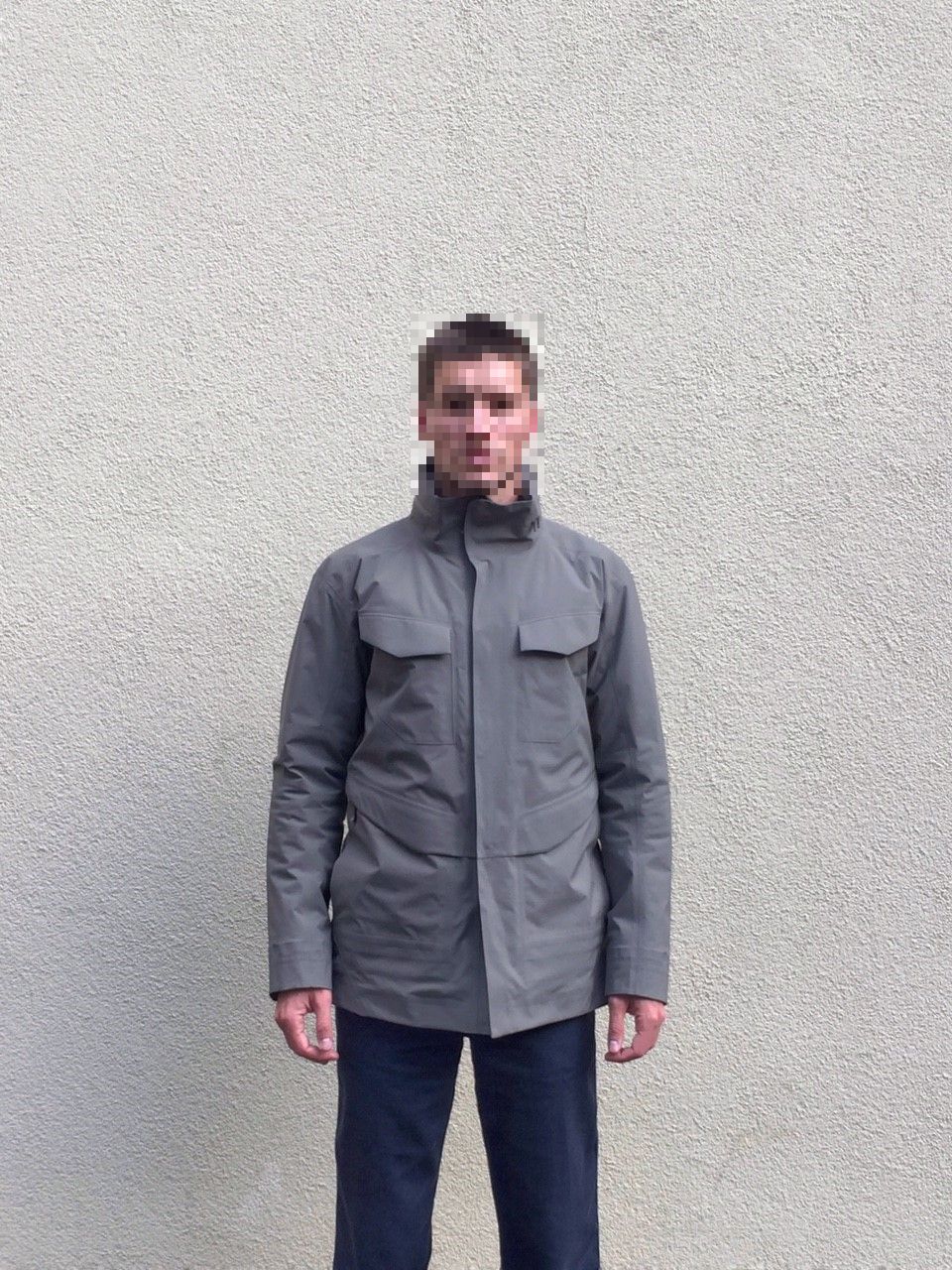
Product Review: The VEILANCE Field IS
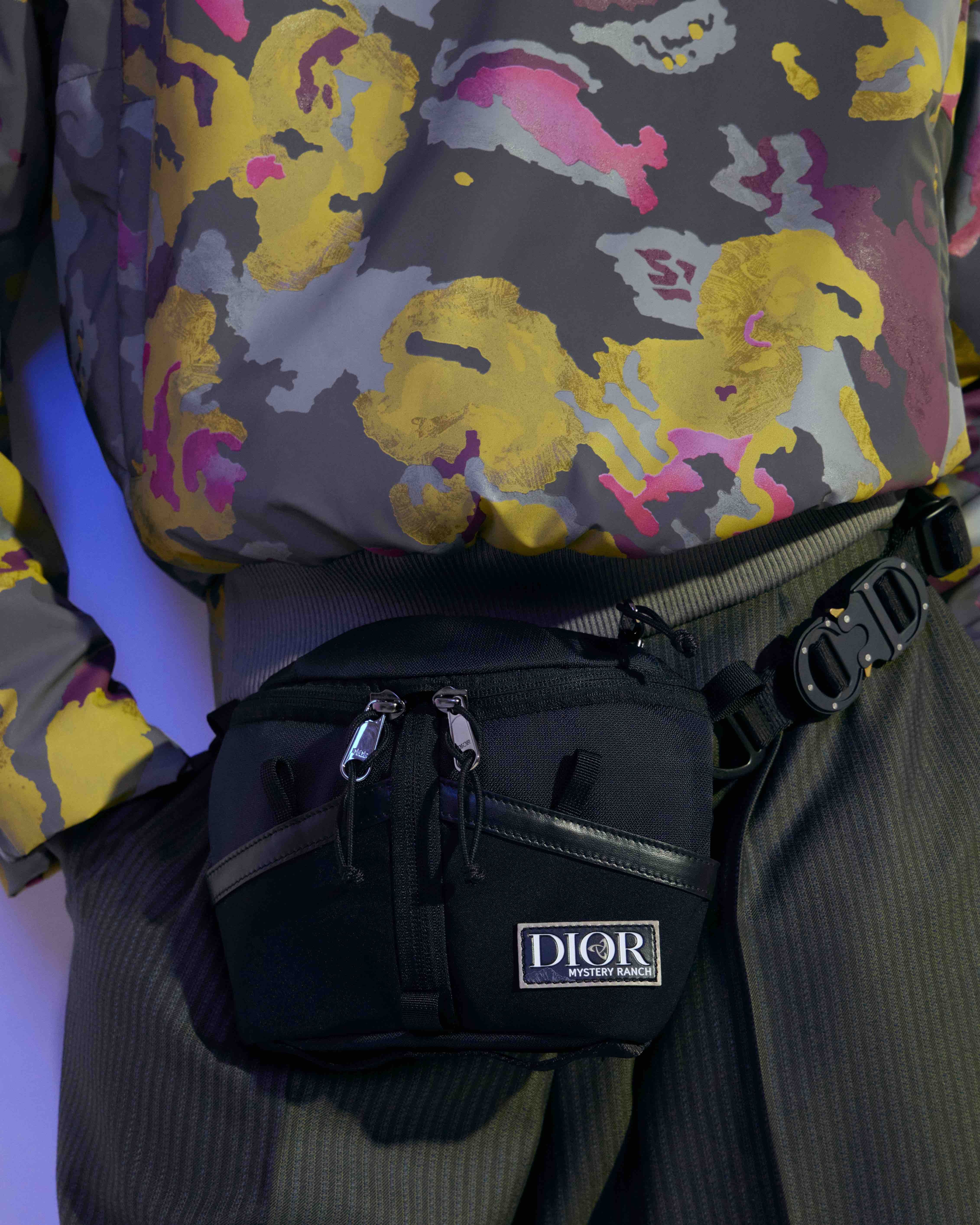
Objects of Our Time: Dior by Mystery Ranch
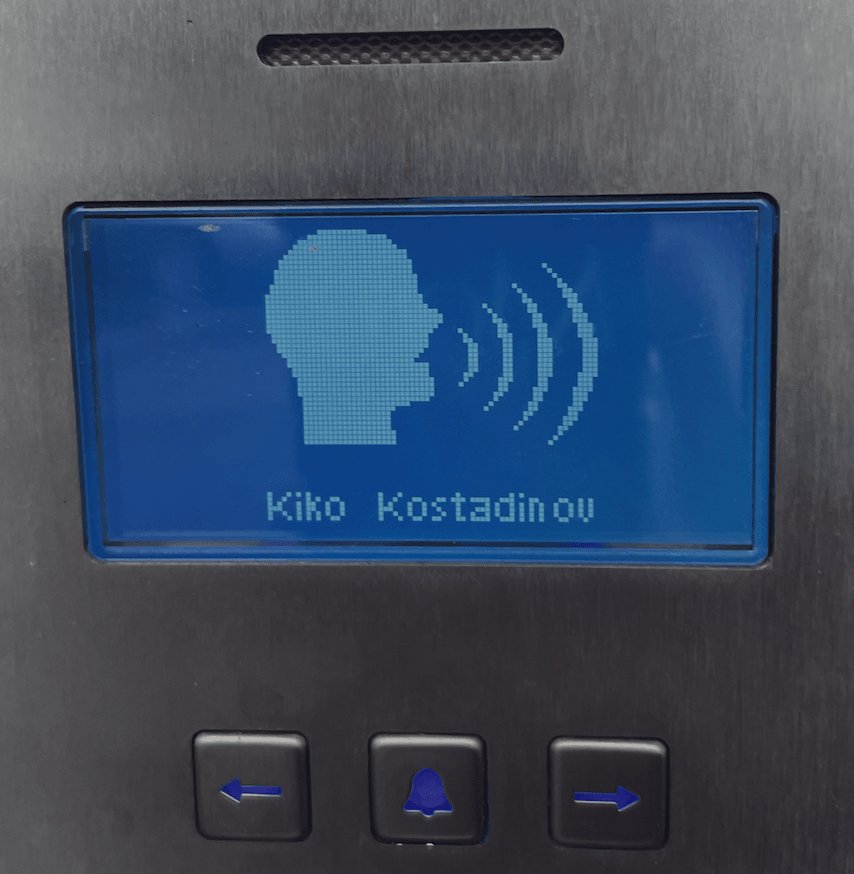
Kiko Kostadinov: Hunting and Being Hunted
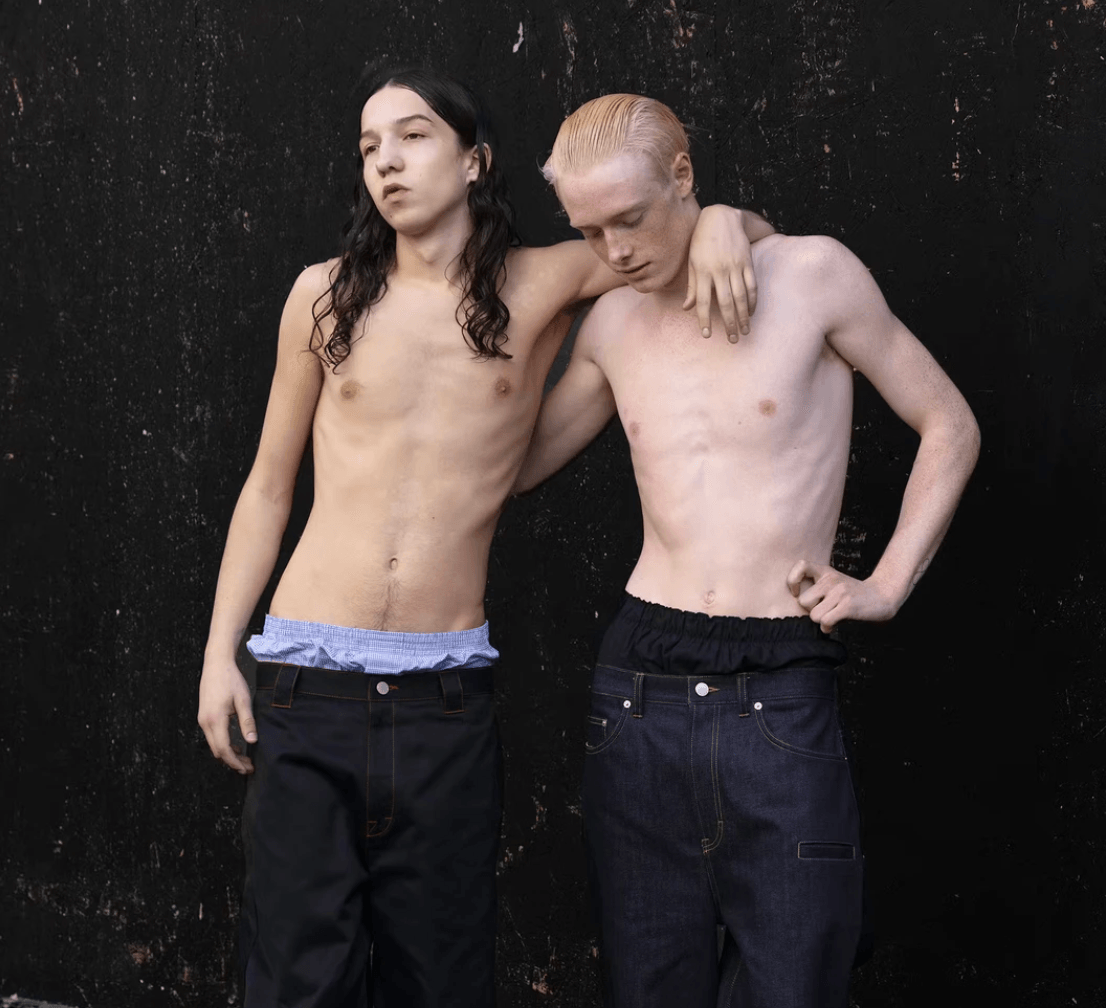
Marc Kalman’s Definition of Boyish
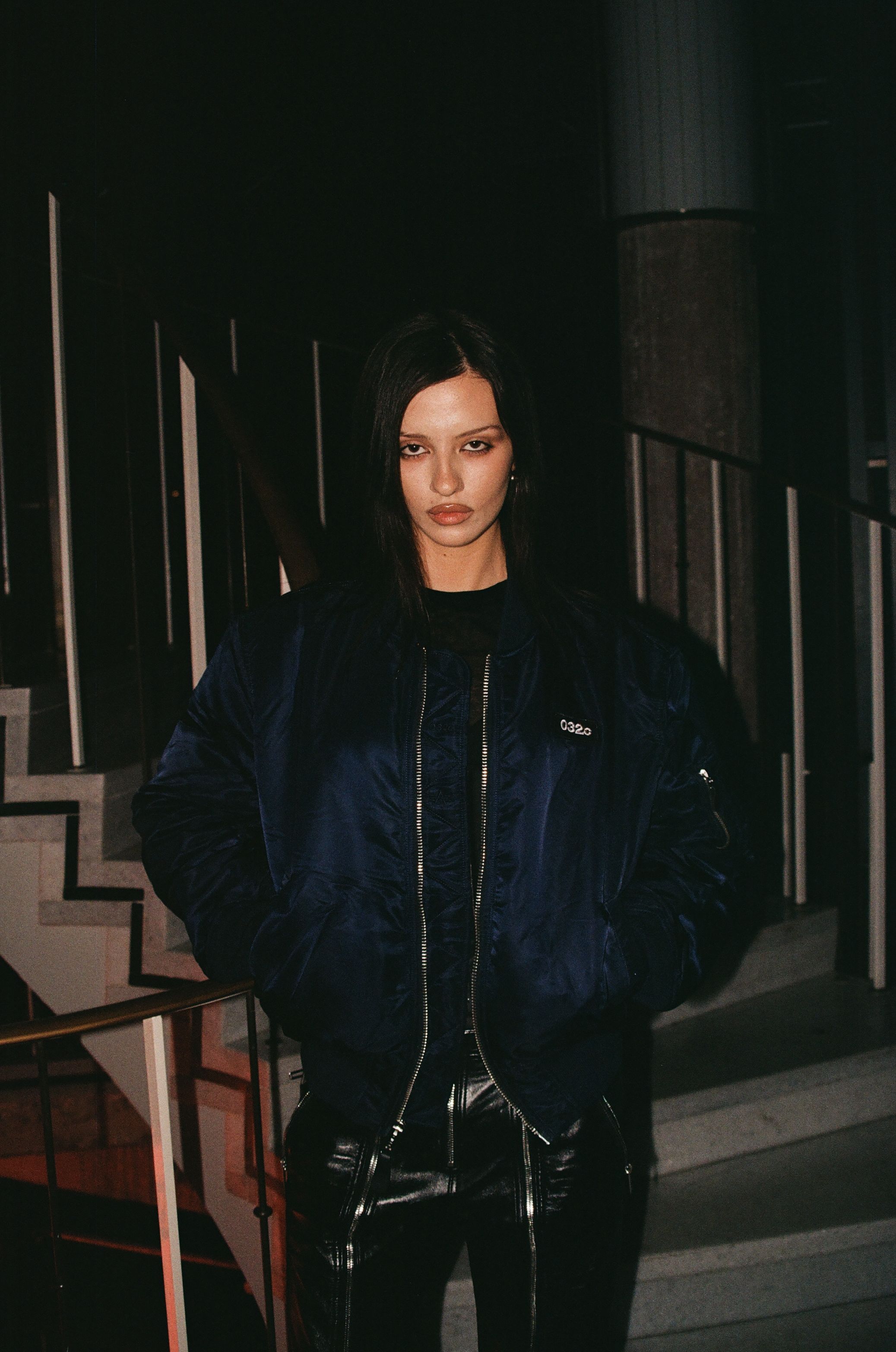
Alpha Industries x 032c NIGHTHAWKS Capsule Collection
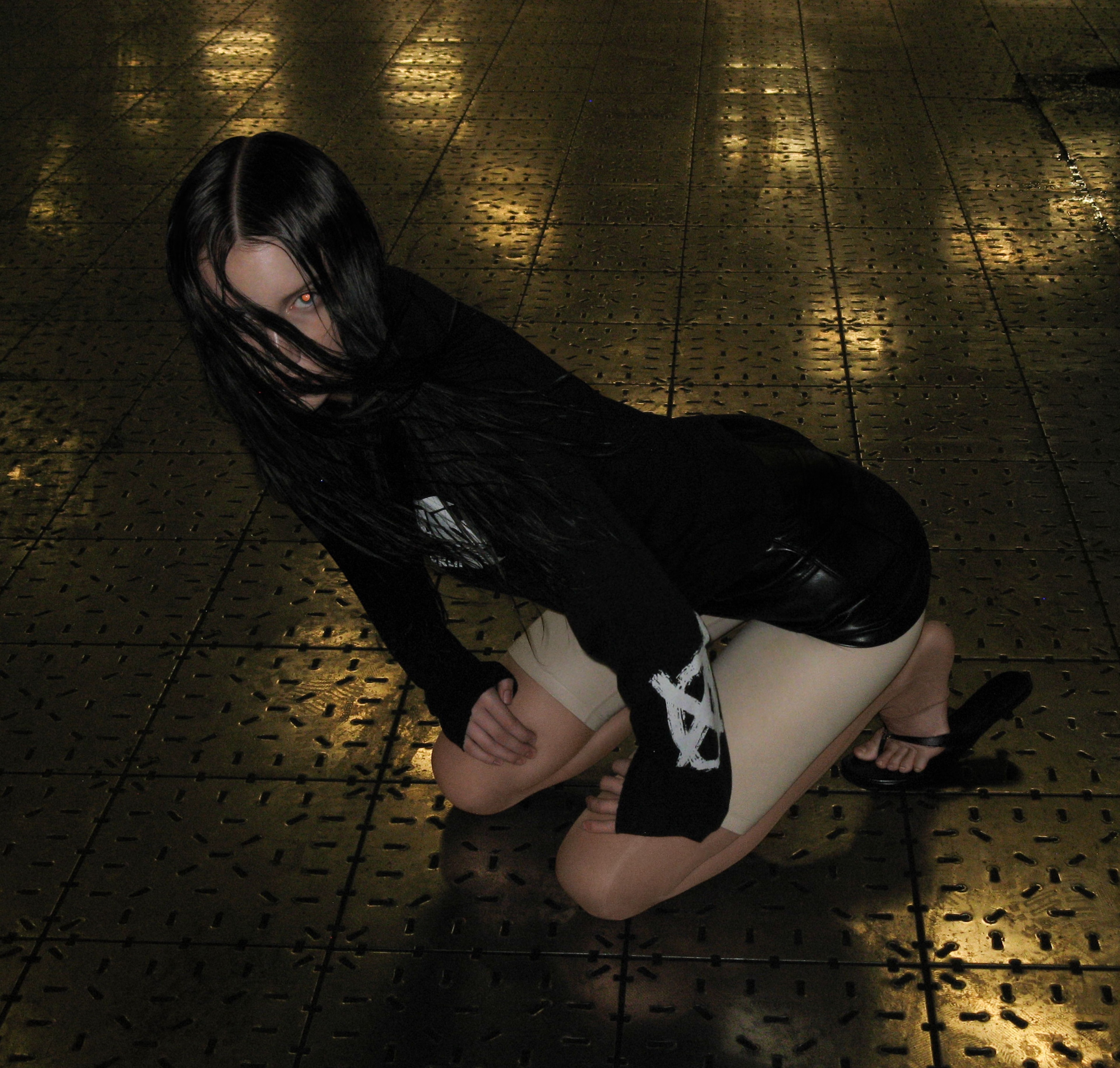
The Zone
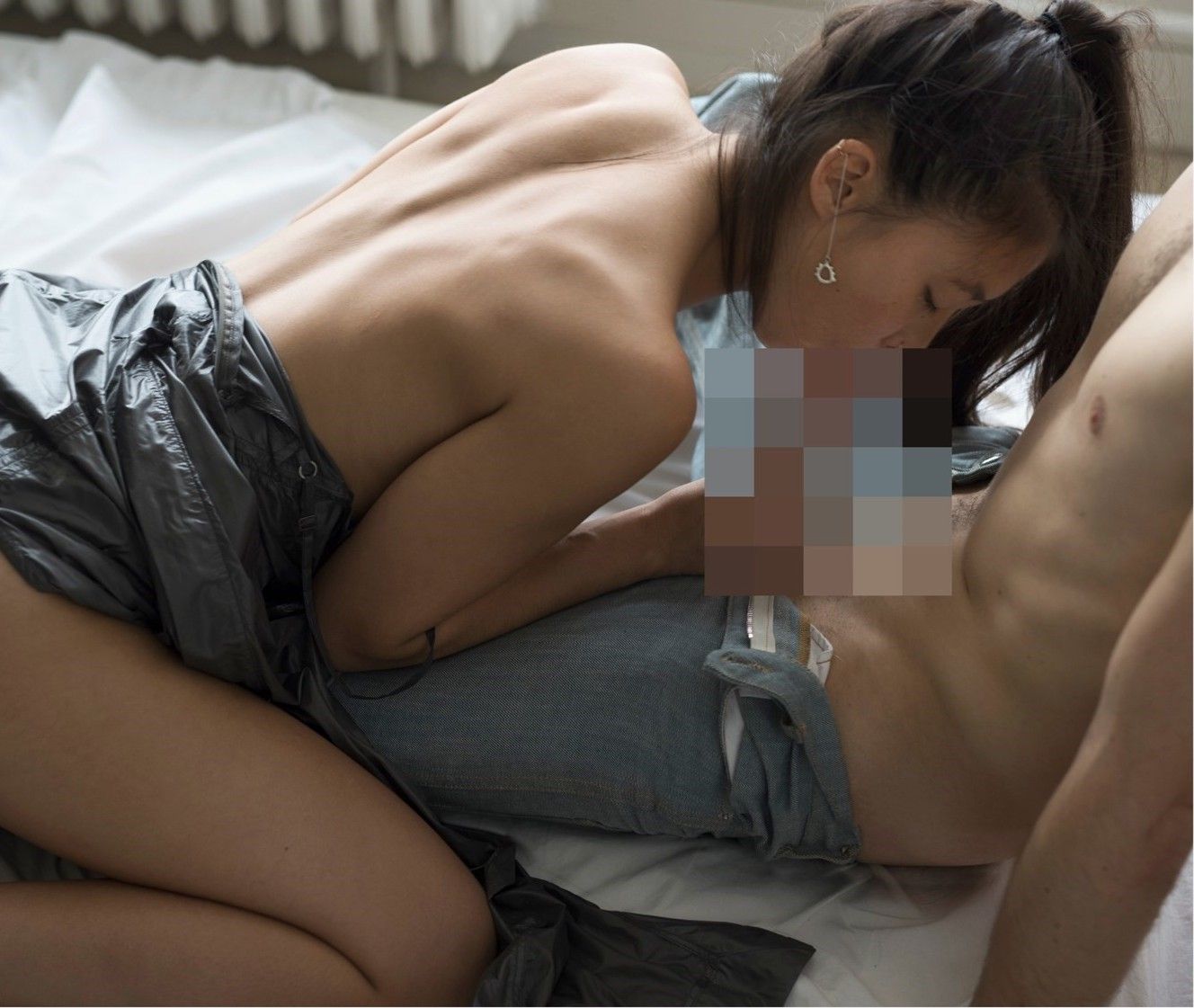
Eckhaus Latta Prefers Glitches To Filters
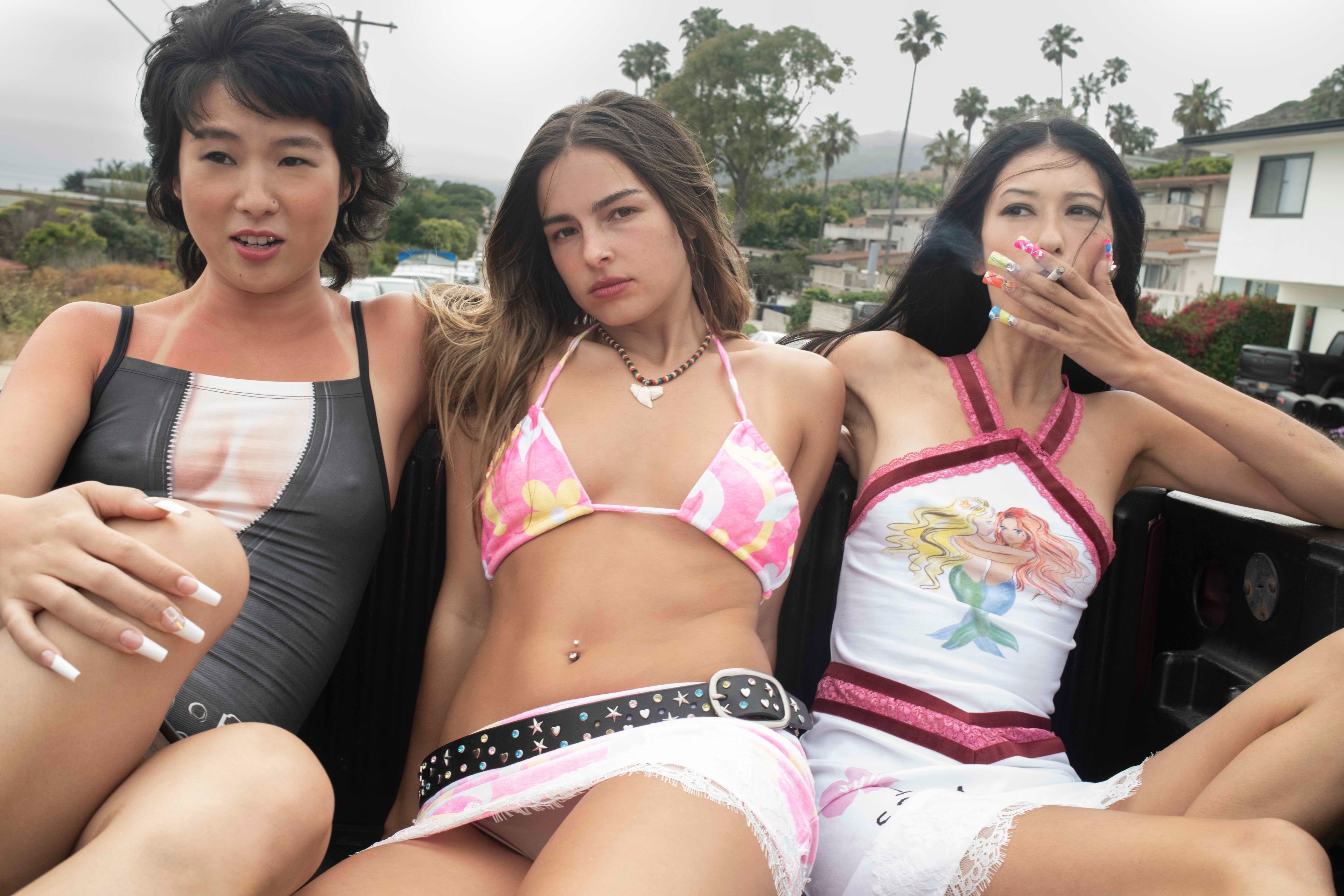
Petra Collins Says Sorry
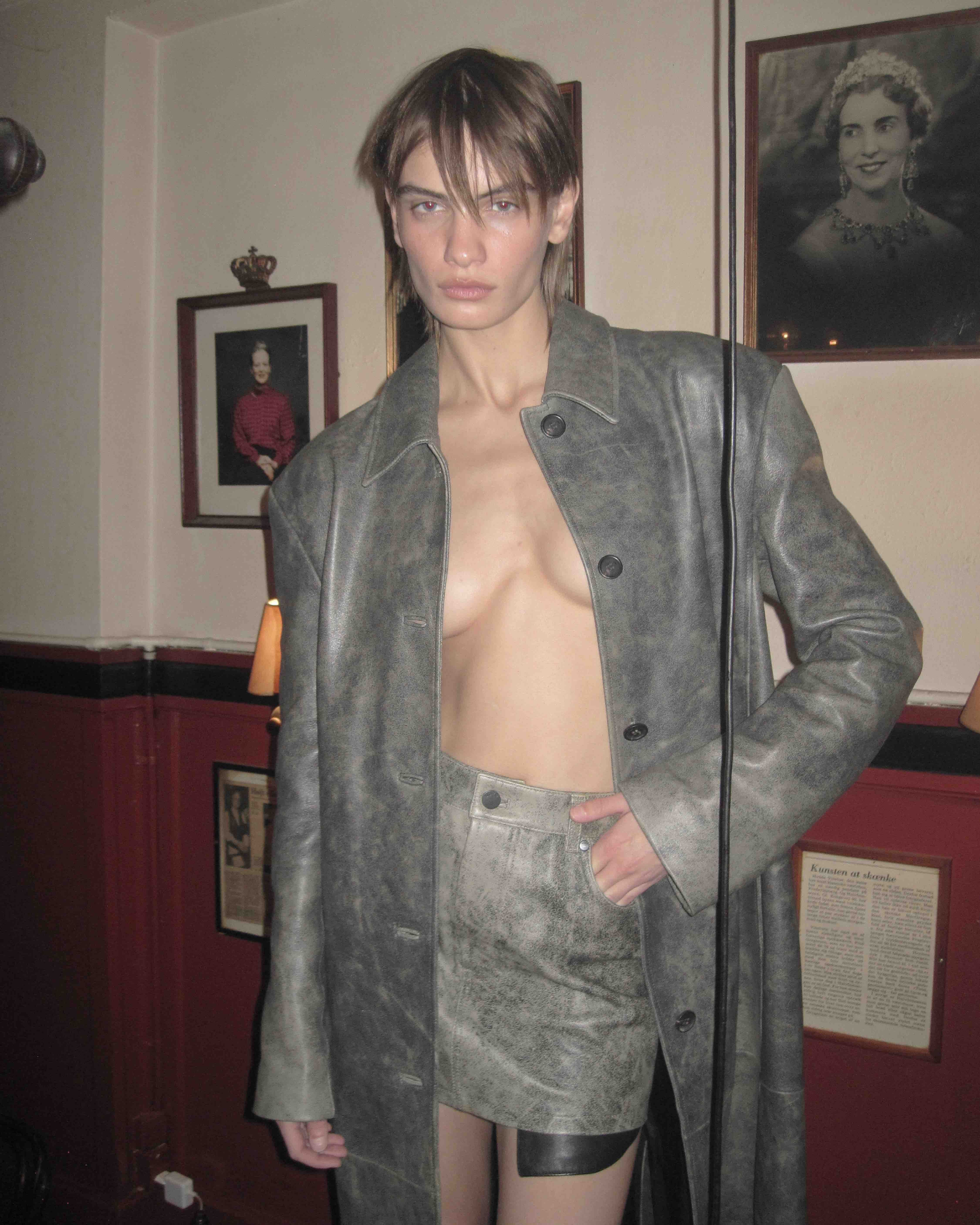
UNZIPPED DAYDREAMS
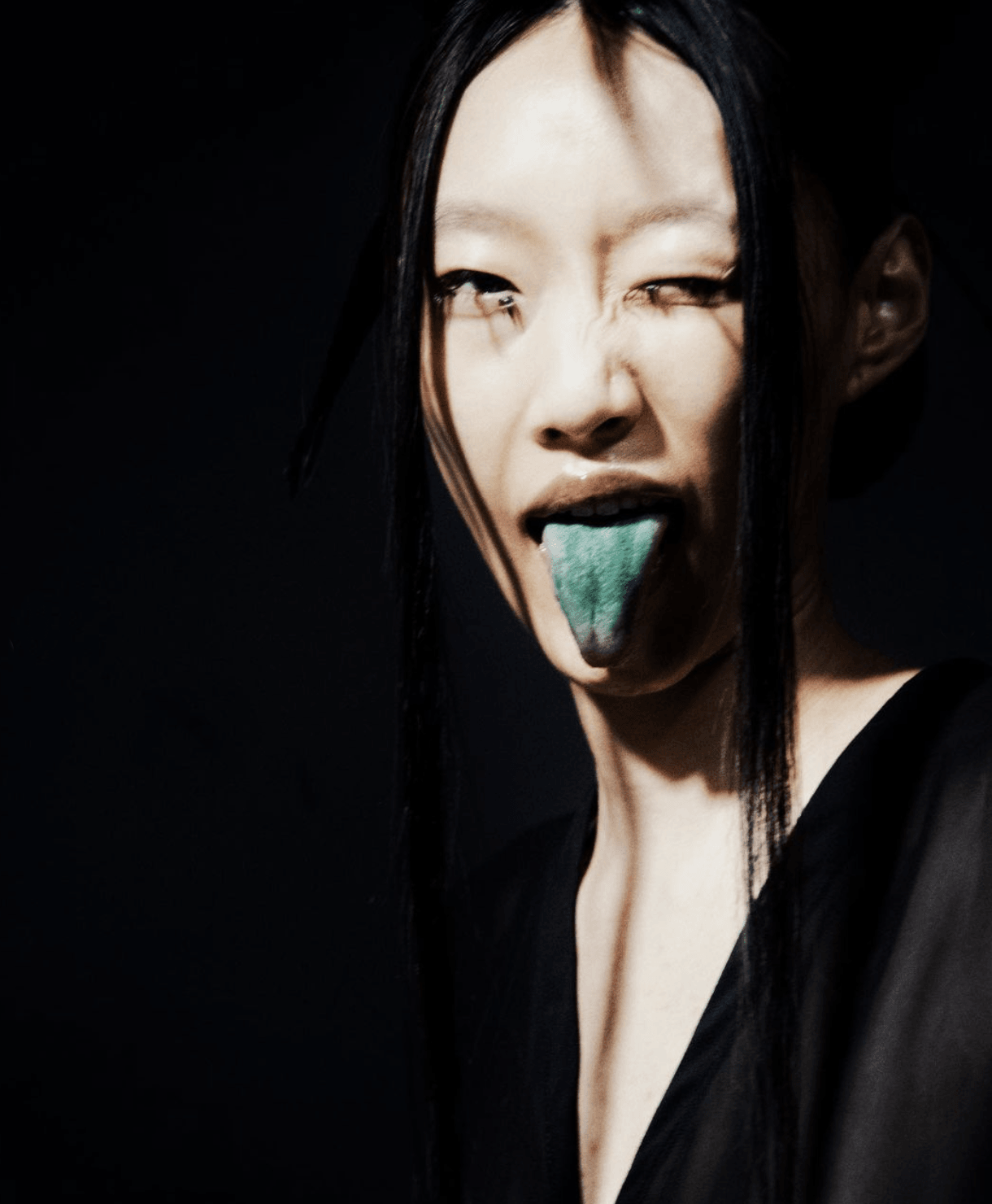
CHET LO’s BDSM Sweaters
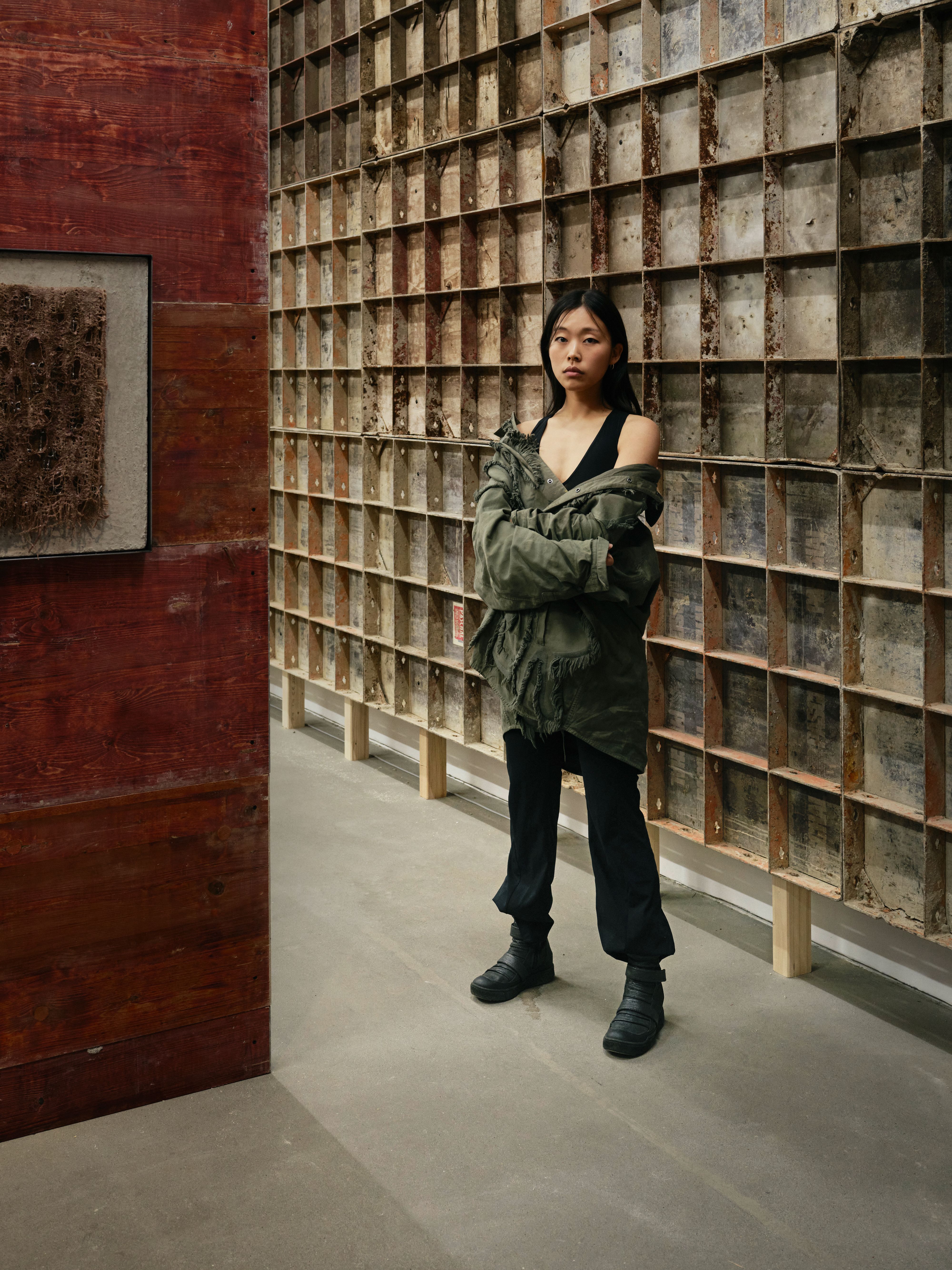
Mire Lee’s Fountain of Filth
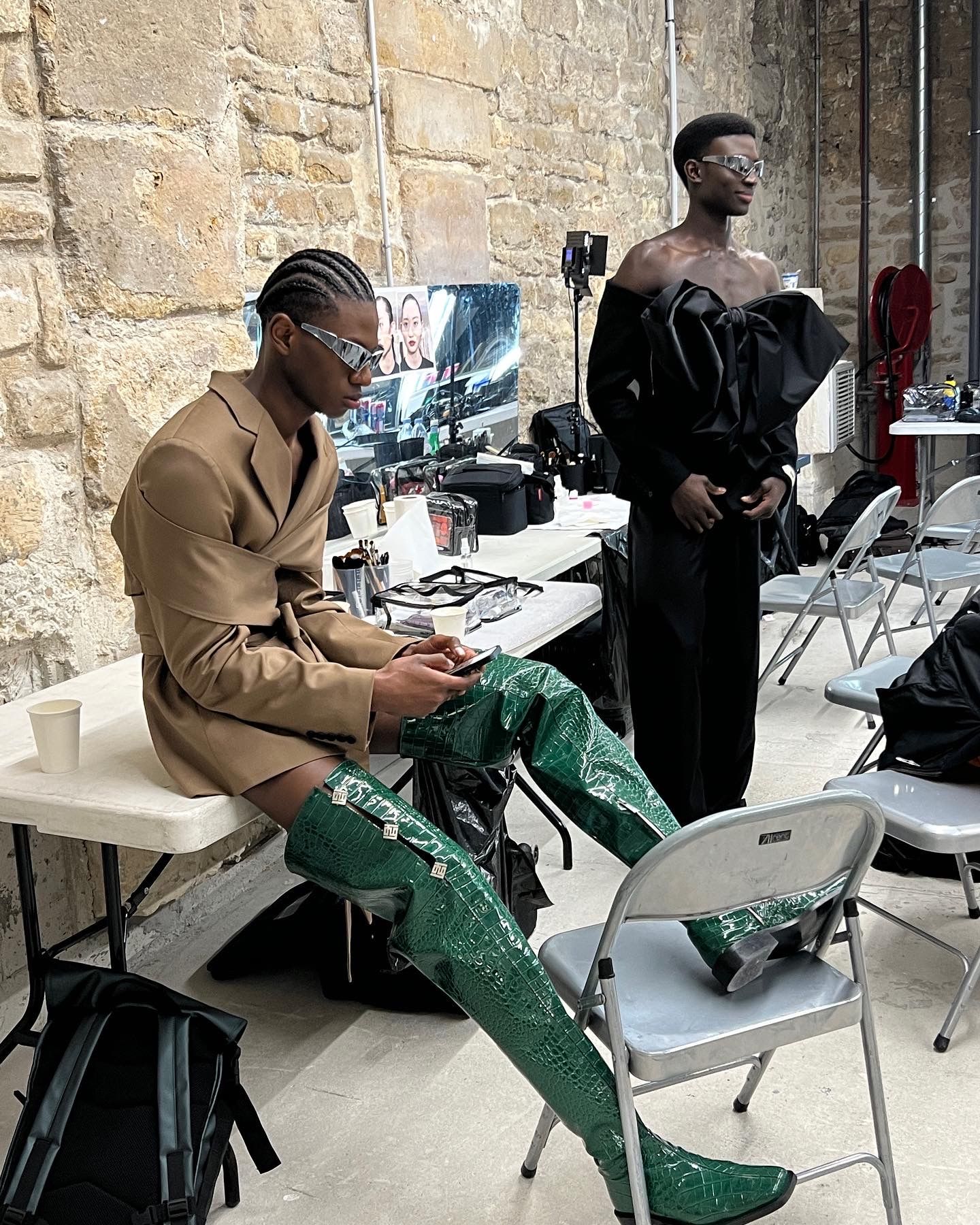
Brenda’s Business with GmbH